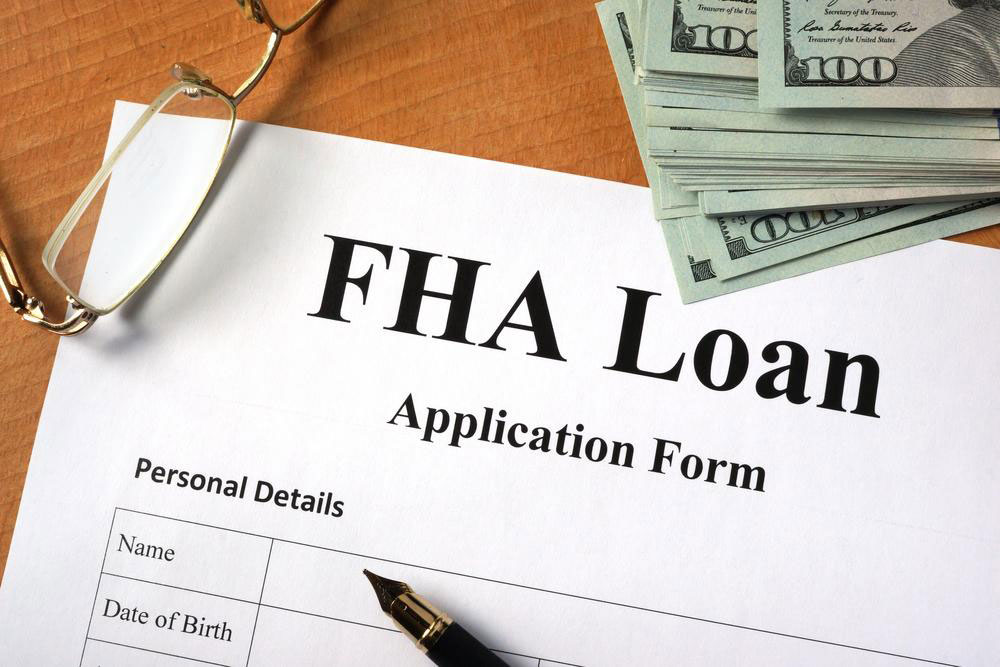Guide to Applying for an FHA Home Loan
This comprehensive guide explains how to apply for an FHA loan, highlighting eligibility criteria, credit score requirements, property standards, loan limits, and mortgage insurance. FHA loans are especially beneficial for low- to middle-income earners seeking affordable home financing with flexible qualification standards. Perfect for first-time buyers, this article offers practical insights into the application process, making homeownership more attainable for a broader audience.
Sponsored

Securing a home is a significant goal for many, but high down payments often pose a challenge, especially for low- and middle-income buyers. FHA loans provide an accessible solution, offering lower down payment options and flexible credit standards. These government-backed loans, facilitated by approved lenders, help consumers with less-than-perfect credit to achieve homeownership more easily.
What is an FHA Loan?
An FHA loan is a mortgage insured by the Federal Housing Administration, designed primarily for borrowers with limited financial resources. It allows for reduced down payments and easier qualification compared to traditional loans, making homeownership attainable for a broader population.
FHA loans typically require lower credit scores and smaller down payments. Approved lenders, insured by the FHA, process these loans and are more willing to lend to individuals with credit challenges, as the FHA provides backing that minimizes lenders' risk.
Minimum Credit Score Requirements
In 2022, borrowers need at least a 500 credit score to qualify for an FHA loan. Those with scores between 500 and 579 are expected to make at least a 10% down payment, while borrowers with scores of 580 or higher can put down as little as 3.5%. Maintaining a score of 580+ generally offers better loan terms. Keep in mind, individual lenders may set higher minimum scores, so borrowers should check with their lender.
Additional Qualification Criteria
Beyond credit scores, several other standards apply. One key aspect is the debt-to-income ratio, which measures monthly debt obligations against income. Typically, FHA borrowers should have a front-end DTI of 31% or less and a back-end DTI of 43% or below, though these thresholds can vary by lender.
Property eligibility also matters. The home must serve as the primary residence, and acceptable types include single-family homes, multi-family units with up to four units, or manufactured homes on permanent foundations. Buyers are generally required to occupy the property within 60 days of closing.
FHA loan limits differ based on location and property type. In 2022, the maximum loan amount for a single-family home is approximately $420,680 in most areas, rising to $970,800 in high-cost counties.
FHA Mortgage Insurance
FHA loans include mortgage insurance premiums paid by the borrower, which protect lenders. An upfront fee of 1.75% of the loan amount is payable at closing, plus monthly premiums calculated based on the loan and down payment. This insurance coverage encourages lenders to offer more favorable terms to borrowers with weaker credit profiles.
Overall, FHA loans are among the most accessible mortgage options, especially for first-time buyers and those with limited financial means. Their relaxed requirements make homeownership achievable for many who might otherwise struggle to qualify for conventional loans.






